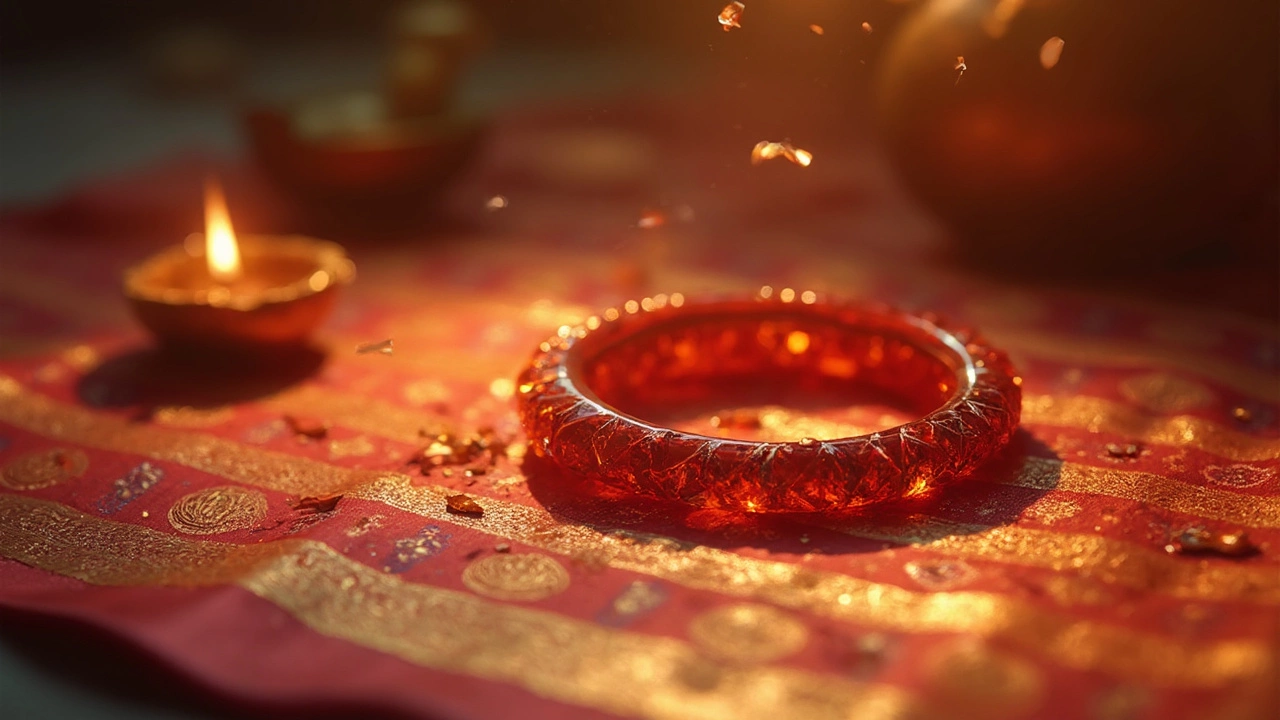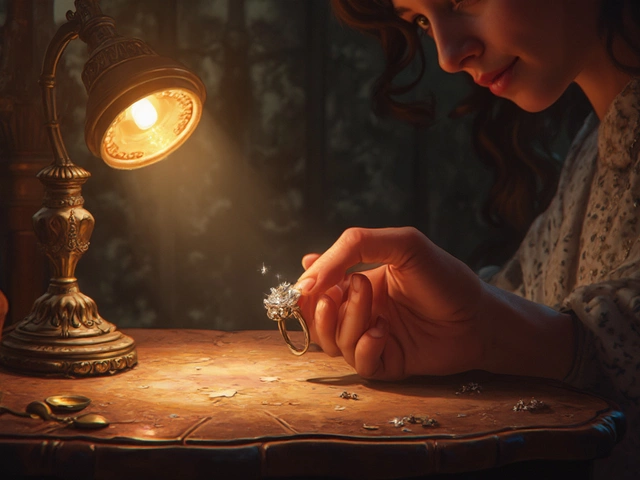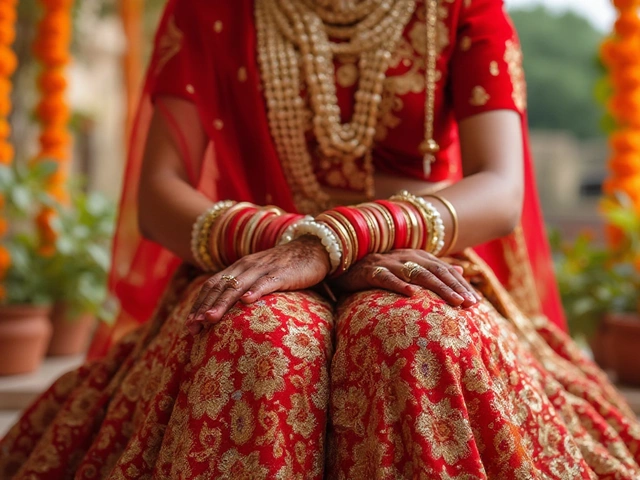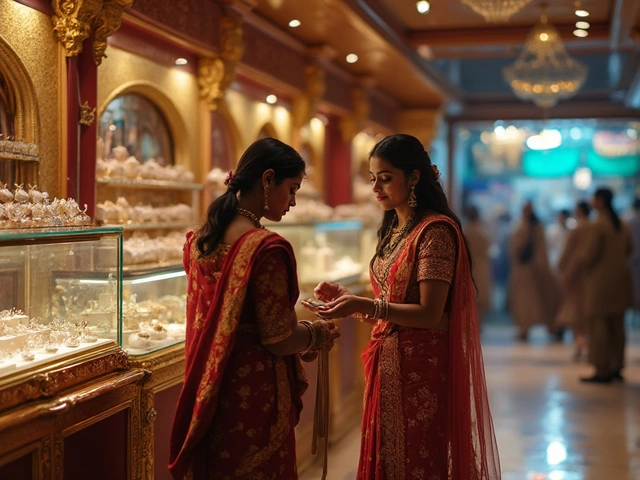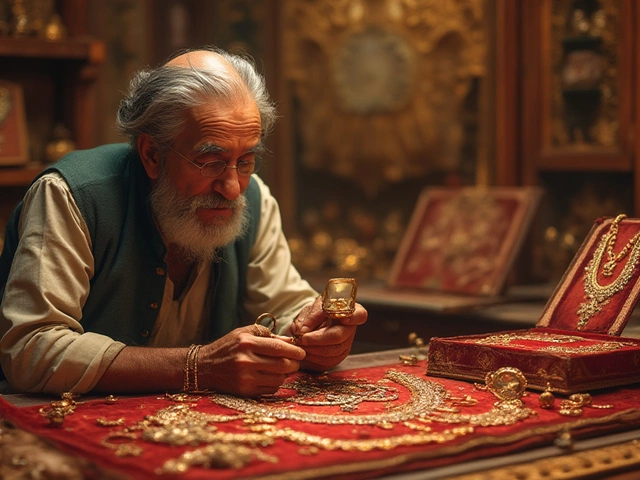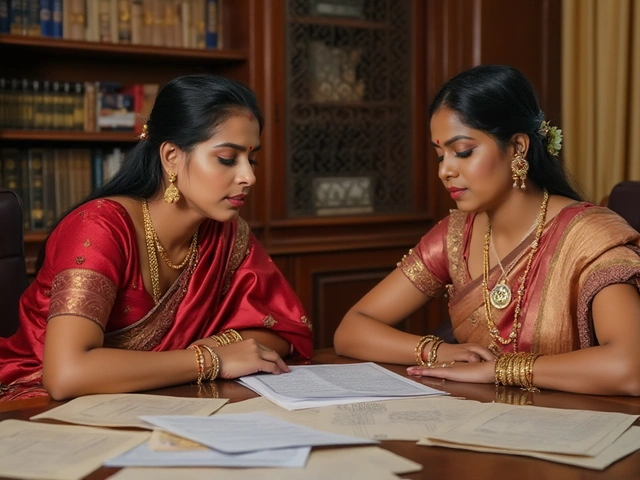Tradition Bangles India: Meaning, Styles and Practical Tips
If you’ve ever wondered why Indian women love bangles so much, you’re in the right spot. Bangles aren’t just jewelry; they’re a piece of culture, a status symbol, and sometimes even a health booster. In this guide we’ll break down what traditional bangles mean, the most popular styles, and how to wear them without hurting your wrists.
What Makes a Bangle ‘Traditional’?
Traditional bangles are usually made of gold, silver, copper or brass, and they often carry a specific design that ties back to a region or a ceremony. For example, a set of thin gold bangles is a wedding staple in North India, while thick red lacquer bangles with gold flecks are common in Gujarat’s Navratri celebrations. Each color and material sends a subtle message – red for fertility, gold for wealth, black for protection.
Black Bangles: Symbolism and Modern Trends
Black bangles have a deep‑rooted story. Historically they were believed to ward off the evil eye and protect the wearer from negative energy. Today they’re a fashion statement that blends tradition with edginess. You’ll see them paired with both ethnic outfits and street‑wear looks. If you’re new to black bangles, start with a thin stainless steel or black enamel piece; it’s easy to mix with other colors and won’t feel heavy.
Another common question is whether you can sleep with bangles on. The short answer: it’s okay for light, flexible bangles, but heavy gold sets can pinch your skin and affect circulation. If you love the tradition of keeping bangles on all night, choose thin, smooth designs and make sure they’re not too tight. A quick check – slide a finger between your wrist and the bangle; you should feel a little room.
Comfort matters most. Here are three quick tips to keep your wrists happy:
- Size it right: Measure your wrist with a flexible tape and add about ½ inch for movement.
- Mix materials: Pair a heavy gold bangle with a lighter silver one to balance weight.
- Take breaks: Remove bangles for a few hours each day, especially if you work with your hands.
When buying traditional bangles, look for a clear hallmark (like the BIS stamp for gold) and check the inside for any rough edges. A smooth interior means fewer chances of skin irritation. If you’re shopping online, ask the seller for close‑up photos of the inside and a certificate of authenticity.
Lastly, caring for your bangles is simple but essential. Wrap them in a soft cloth after each use, avoid exposure to harsh chemicals, and give them a gentle polish with a jewelry cloth once a month. Proper care keeps the shine alive and preserves the cultural value for years to come.
Whether you’re buying your first set for a wedding or adding a black bangle for daily wear, understanding the story behind each piece makes the experience richer. Traditional bangles are more than accessories – they’re a link to Indian heritage that you can wear proudly every day.
A Broken Bangle: Navigating Its Cultural Significance in Hinduism
In Hinduism, bangles aren't just ornamental—they're deeply tied to tradition and cultural beliefs. When a bangle breaks accidentally, it carries a mix of cultural, emotional, and sometimes superstitious significance. This article explores what a broken bangle might symbolize, the beliefs growing around it, and how different families react to such occurrences. Uncover practical tips for dealing with broken bangles, especially within a religious context, blending respect for tradition with modern perspectives.
